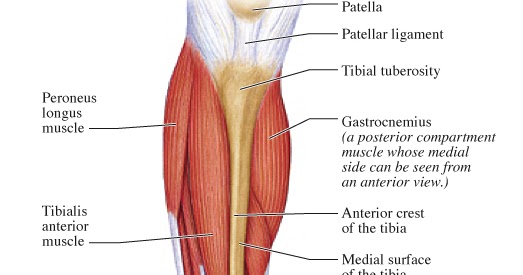

Shaft: anterior, lateral, and posterior surfaces.Site of attachment Attachment The binding of virus particles to virus receptors on the host cell surface, facilitating virus entry into the cell.Triangular, superior–anterior area where condyles merge.Separated by the lateral and medial intercondylar tubercles.Horizontal proximal surfaces that articulate with the femoral condyles.It articulates with the tibia and fibula to form the ankle joint. Articulates with the femur and fibula proximally and the talus Talus The second largest of the tarsal bones.The 2 primary types of bone are compact and spongy. Medial, weight-bearing bone Bone Bone is a compact type of hardened connective tissue composed of bone cells, membranes, an extracellular mineralized matrix, and central bone marrow.It is located on the medial side of the lower leg, articulating with the fibula laterally, the talus distally, and the femur proximally. Foot: Anatomy, and toes.īones and Joints Tibia Tibia The second longest bone of the skeleton. The bones of the foot form longitudinal and transverse arches and are supported by various muscles, ligaments, and tendons. The foot comprises 26 bones, including the tarsal bones, metatarsal bones, and phalanges. Cellulitis and exert their action on the ankle, foot Foot The foot is the terminal portion of the lower limb, whose primary function is to bear weight and facilitate locomotion.

#COMPARTMENTS OF LEG INNERVATION SKIN#
The superficial fascia is found immediately below the skin the deep fascia invests muscles, nerves, and other organs. The muscles of the leg are grouped into the anterior, lateral, and posterior compartments by extensions of fascia Fascia Layers of connective tissue of variable thickness. Knee Joint: Anatomy and fibula bones, which articulate with each other at the proximal and distal tibiofibular Distal tibiofibular Ankle Joint: Anatomy joints. The bony structure is composed of the tibia Tibia The second longest bone of the skeleton. The ankle primarily allows plantar flexion and dorsiflexion of the foot. The lower leg, or just “leg” in anatomical terms, is the part of the lower limb between the knee and the ankle joint Ankle joint The ankle is a hinged synovial joint formed between the articular surfaces of the distal tibia, distal fibula, and talus.
#COMPARTMENTS OF LEG INNERVATION PRO#


 0 kommentar(er)
0 kommentar(er)
